The Idea Of Indira: Revisiting Mrs Gandhi through 5 books
There are few leaders in history that have such an impact as did Indira Nehru Gandhi, the only female Prime Minister of India. She first became PM in 1966, and managed widespread public acceptance for agricultural practices that made India self sufficient in food grain production. Then her success in the Indo-Pak War that led to the creation of Bangladesh in 1971 was another feather in her three-term-success cap.
Her 21-month emergency was her nemesis. After being re-elected for her fourth term in 1980, Gandhi's confrontation with the Sikhs at the Golden Temple, she was assassinated by two of her bodyguards on October 31, 1984.
November 19, marks the 101st birth anniversary of the woman, who affected the political history of our country in several ways. And on this day, I will try and list out five must-read books for everyone that wants to know more about the person behind the persona.
- Indira: Life of Indira Nehru Gandhi; by Katherine Frank; Rs 499; published by Harper Collins
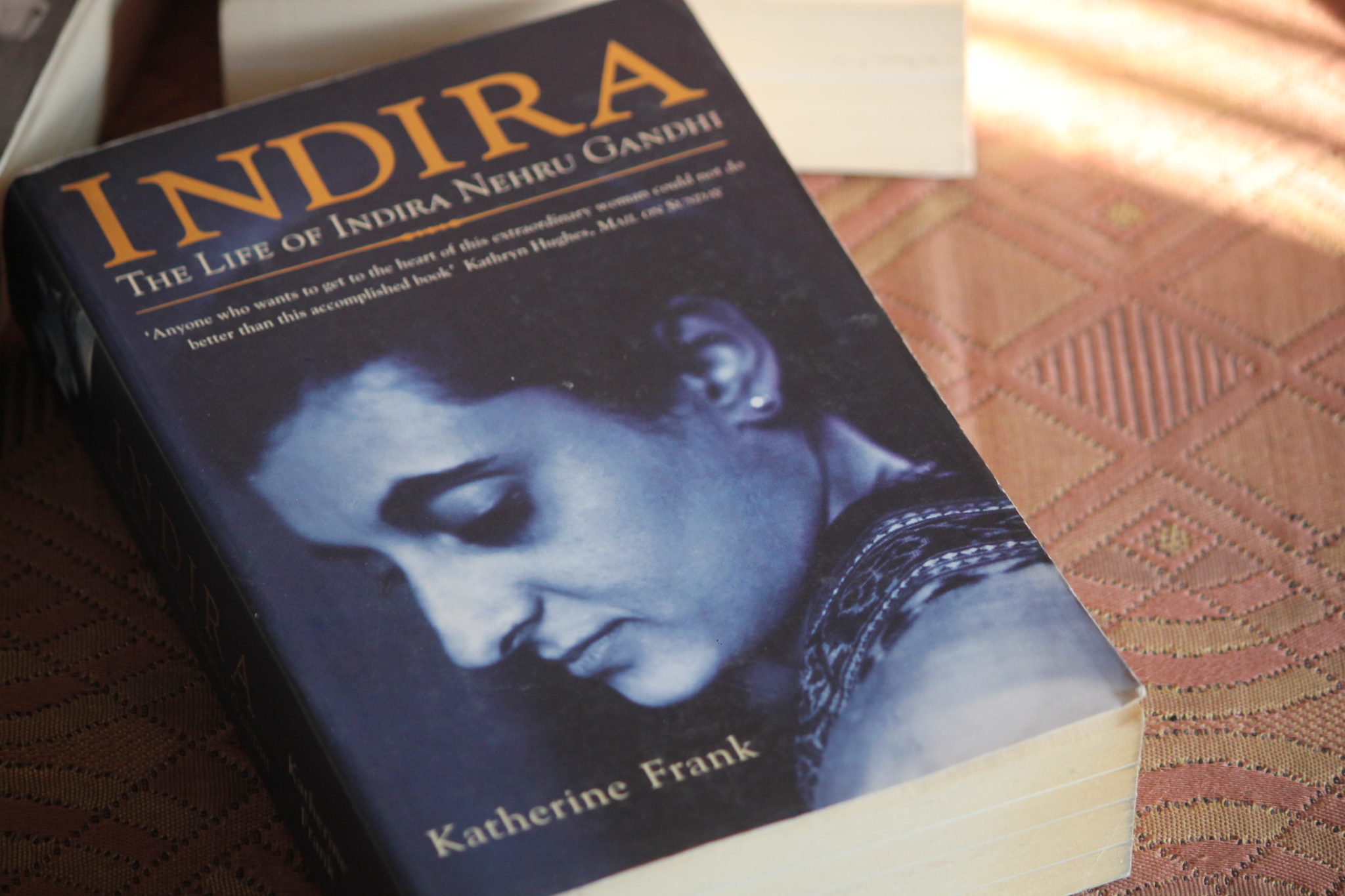 Indira: Life of Indira Nehru Gandhi; by Katherine Frank
Indira: Life of Indira Nehru Gandhi; by Katherine Frank
This book is as full and all-encompassing as biographies are. Frank's writing style is unforgiving and she has not left out any details. Her ruthless and blunt narrative was met with intense criticism from Congress supporters as well as several political thinkers, especially the leftists. But nobody has actually come forth to deny anything mentioned in the book. This is not to say that the author is only critical about Indira Gandhi. She speaks about her positive side (often propagated by state-controlled media), as well as her unknown, personal side - particularly her life before politics. Right from the origin of the Nehru family, their association with Mughals (yes, there is a history there but I am not going to spoil it for you!), Indira's troubled childhood, her failing relationship with Jawaharlal Nehru, talk of Feroz Gandhi's reported 'illicit relationship', and even Nehru's affair with Padmaja Naidu (Sarojini Naidu’s daughter) to India's depression. The book, in detailing Partition, Kashmir issue and several others, the biography is as political as it is personal. To summarise, it is a must read!
- Indian Summer: The secret History of the end of an Empire;by Alex Von Tunzelman; Rs.499; published by Pocket Books.
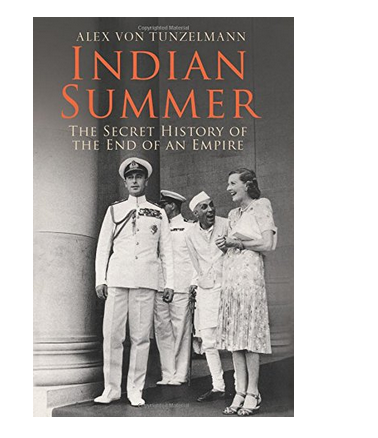 Indian Summer: The Secret History of the End of an Empire
Indian Summer: The Secret History of the End of an Empire
While the story of Indira Gandhi may just be mentioned in bits and spurts. I find this book valuable because it established the background that made Indira Gandhi the political tour de force that she was.The book is essentially about the epic sweep of events that ripped apart the greatest empire the world has ever seen, and reveals the secrets of the most powerful players on the world stage: the Cold War conspiracies, the private deals, and the intense and clandestine love affair between the wife of the last viceroy and the first prime minister of free India. With wit, insight and a sharp eye for detail, Alex von Tunzelmann relates how a handful of people changed the world for ever and also what helped turn Indu or Indira Priyadarshini into Indira Gandhi.
- India Gandhi: Tryst With Power; by Nayantara Sehgal; Rs 399; published by Penguin Books.
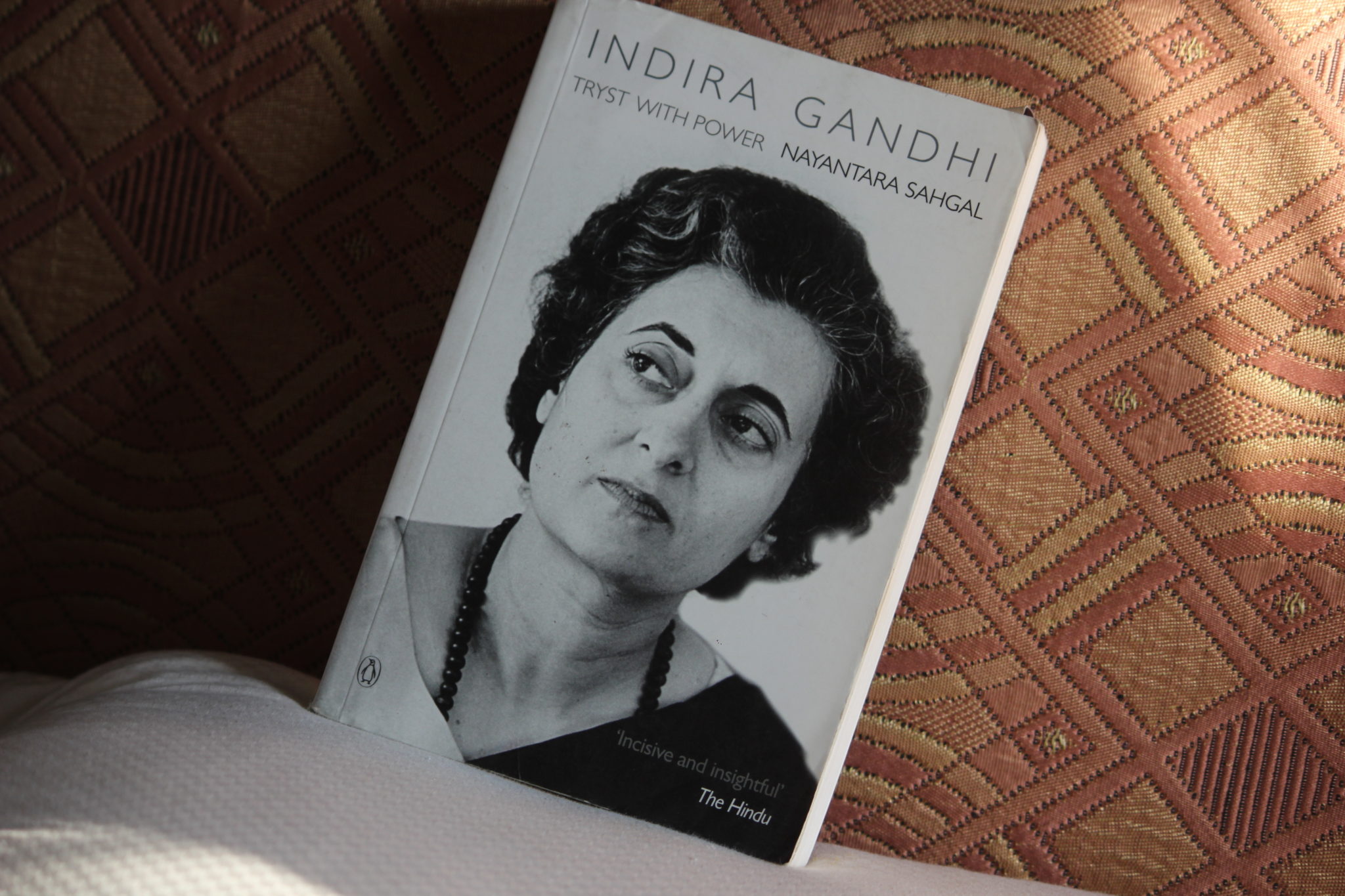 Indira Gandhi: Tryst With Power; by Nayantara Sehgal
Indira Gandhi: Tryst With Power; by Nayantara Sehgal
How did Indira Gandhi reach the apex of Indian politics? Did India move into anarchy under her leadership? What kind of woman was she? One of the best assessments of Indira Gandhi, can be made by someone who is family. This book has been written by Indira’s cousin, Nayantara Sahgal, daughter of Vijaylaxmi Pandit, sister of Jawaharlal Nehru. The author's personal knowledge of her cousin, in combination with her unparalleled access to letters exchanged within the Nehru family, makes for a striking and insightful analysis of Indira's tryst with political power and an unusually penetrating psychological and political portrait from an intimate family viewpoint. The one standout aspect of the book is the assessment of Indira Gandhi's personality to be a direct cause of her authoritarian nature. Written in an impeccable writing style, the author has managed to open up the cupboard of skeletons (related to Indira’s personal life). A strongly recommended book for those who want to understand the events that went into making of the woman before she entered politics and the events that shaped up India after she assumed power.
- The Sanjay Story; by Vinod Mehta; Rs 499; published by Harper Collins.
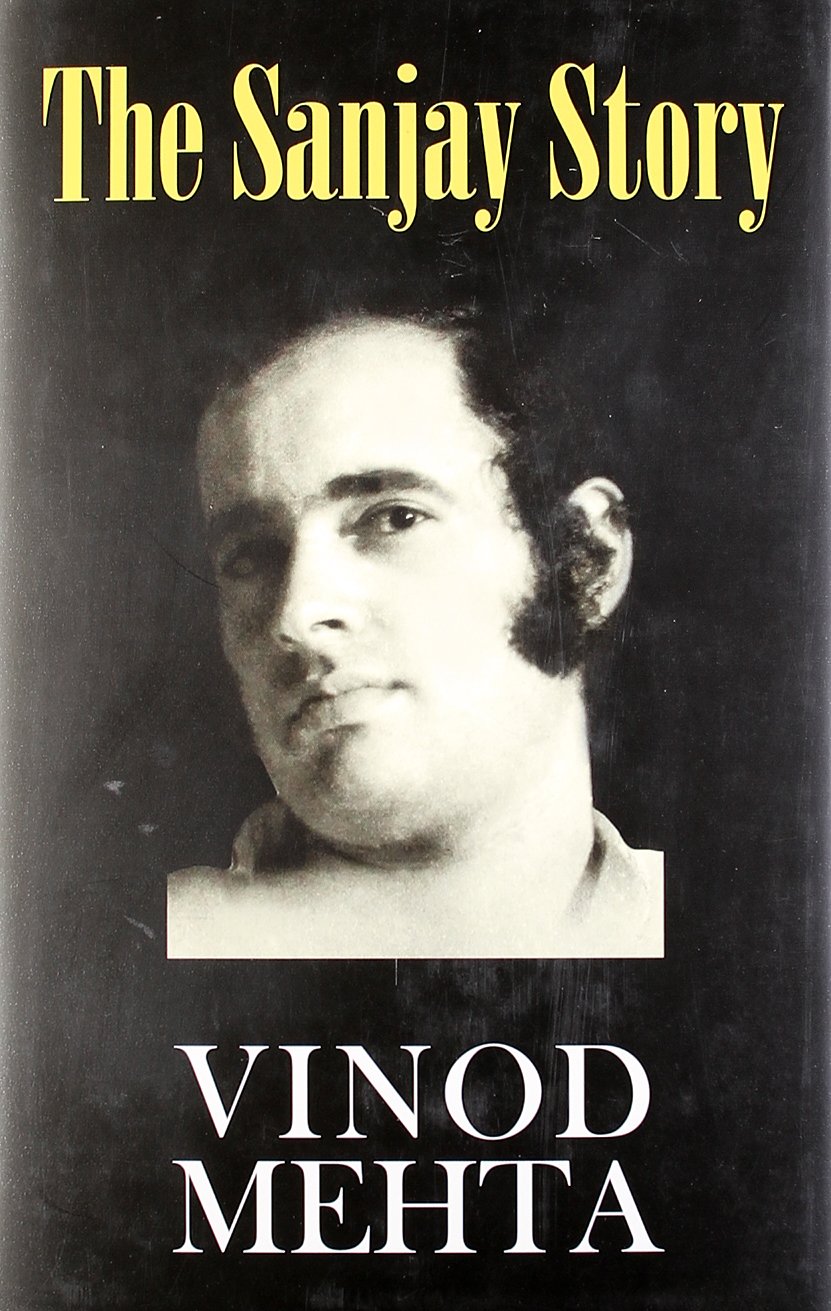 The Sanjay Story
The Sanjay Story
Sanjay Gandhi has perhaps the distinction of being one of India's most controversial political figures. And why a book on him is significant to know more about Indira Gandhi is because most of the feathers he ruffled were in his capacity as 'PM's son'. Sanjay's relationship with the Nehrus – particularly Kamala and Indira gives the background to an understanding of Sanjay’s volatile personality as it developed while he was the son of Indira and Feroze Gandhi. Sanjay's dramatic emergence on the political firmament is a key into Indira Gandhi's indulgence of him and her dependence on him. VinodMehta confirms the truth of history writing – that to engage intelligently with the present, you must come to terms with the past, even a past as inglorious and bewildering as the Emergency.
- The Red Sari; by Javier Moro; Rs.395; published by Lotus Roli
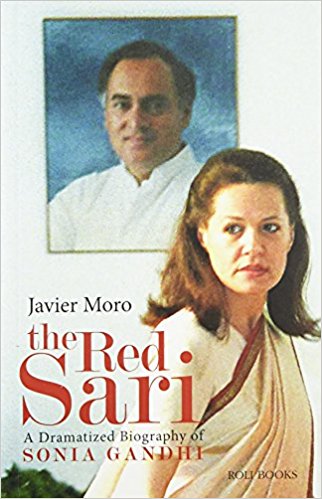 The Red Sari; by Javier Moro
The Red Sari; by Javier Moro
The Red Sari is not the story of Indira Gandhi. But of someone she influenced - Sonia Gandhi, nee Maino. In fact even Sonia's story is as compelling as that of her mother in law. Her dreams of home, hearth, and anonymous living were struck down by the hands of fate. This book, written by Javier Moro, the nephew of Dominique Lapierre, examines the lives of the famous Nehru-Gandhi family set against the backdrop of the Bangladesh War, the Emergency, Operation Blue Star, and other events that have shaped modern Indian history. The book was originally published in October 2008 in Spain in Spanish. The book tells the story of the Gandhi family through the eyes of Sonia Gandhi. The book, a dramatized life story of Sonia Gandhi, traces her life from Italy to Cambridge University, UK, and, eventually, India. Since Gandhi declined to be interviewed, Moro depended on secondary sources of information and lots of hearsay. As in any dramatized version of any book or story, Moro liberally cooks up quotes. Even so, the book gives hints into what are the sort of influences Indira Gandhi could have/ had on her daughter-in-law.
For more updates follow us on Facebook,
Twitter and
Instagram.
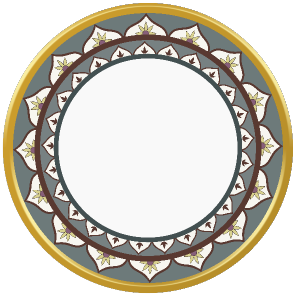





 Indira: Life of Indira Nehru Gandhi; by Katherine Frank
Indira: Life of Indira Nehru Gandhi; by Katherine Frank Indian Summer: The Secret History of the End of an Empire
Indian Summer: The Secret History of the End of an Empire Indira Gandhi: Tryst With Power; by Nayantara Sehgal
Indira Gandhi: Tryst With Power; by Nayantara Sehgal The Sanjay Story
The Sanjay Story The Red Sari; by Javier Moro
The Red Sari; by Javier Moro